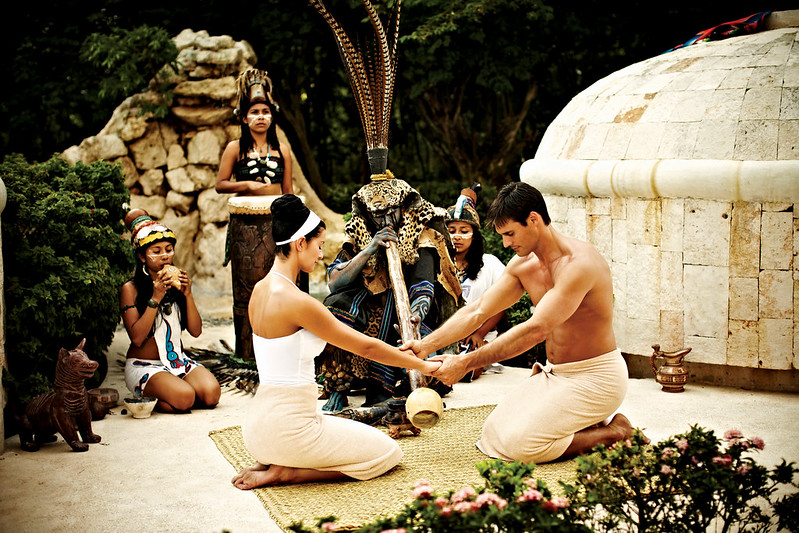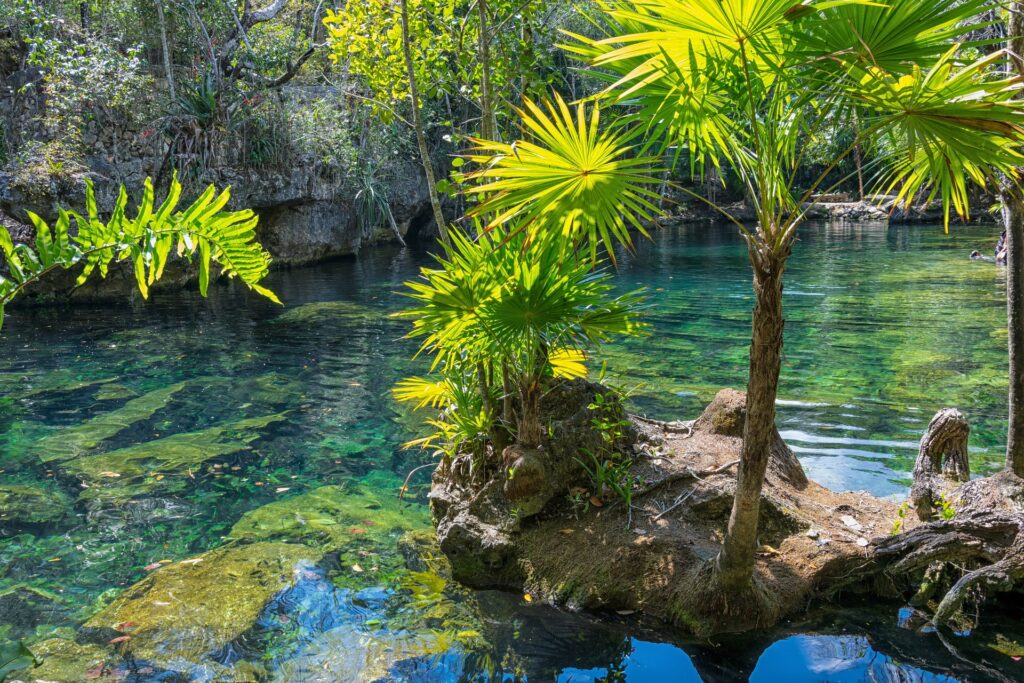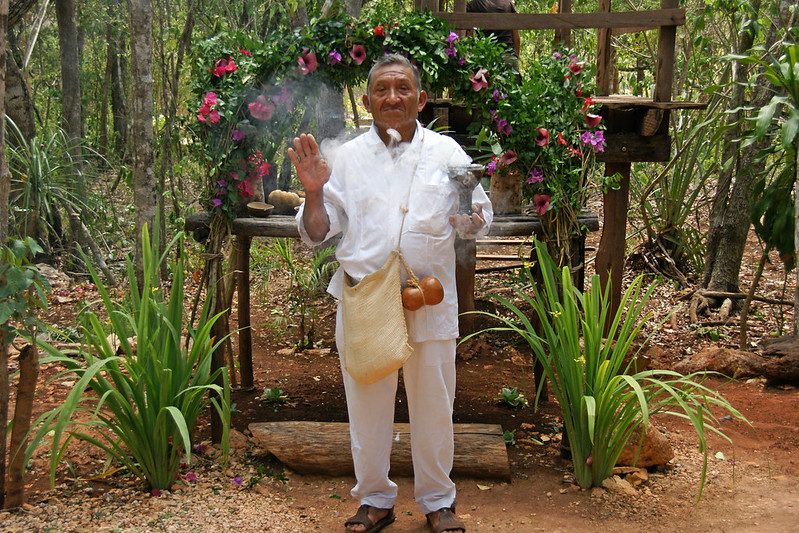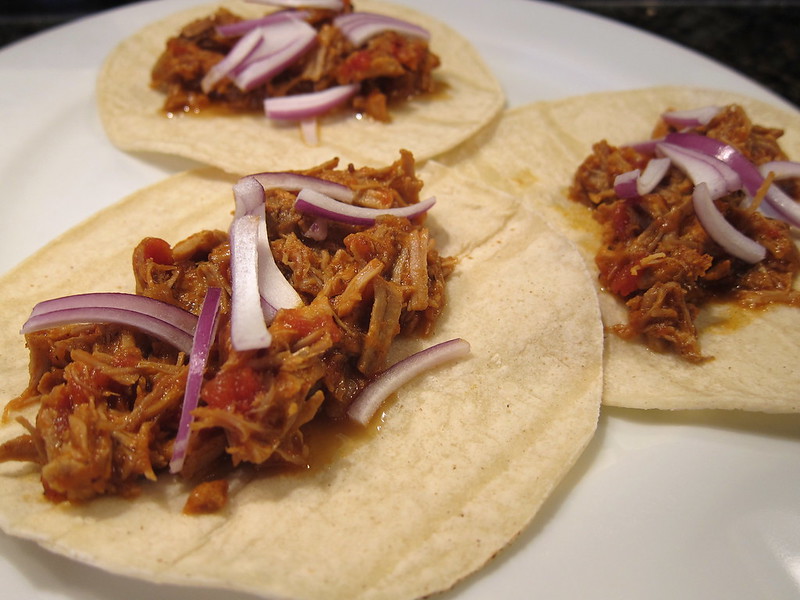
Nowadays, it is common for couples to marry in symbolic ceremonies rather than religious ceremonies because these types of ceremonies allow expressing the unique values, personalities, and tastes that characterized the couple.
Among the variety of symbolic ceremonies, in Mexico, future married couples can opt to have a Mayan ceremony, which is fulfilled with traditions, magic, and nature by being based in the Mayan culture from the Southeast of Mexico.
Also, at the same time, they could enjoy the beautiful environment of the Mexican Caribbean, if they decided to get married in Quintana Roo, in fantastic venues in Cancun, Playa Del Carmen, and Tulum.
Learn how you can celebrate your love with your other half in a Mayan wedding ceremony with the following Q&A:
What Is a Mayan Ceremony?
A Mayan ceremony is a symbolic ceremony that doesn´t have a legal value as it is a spiritual union where papers aren´t involved. Thus, the bride and the groom establish their love among the four elements: earth, water, fire, and air, to provide good energy, harmony, and success in their marriage.

Where the Mayan Ceremony Can Take Place?
Usually, Mayan weddings should take place in nature, meaning it could be in an archaeological site, a lagoon, a cenote, a beach, or in hidden caves. However, nowadays there are more options as hotels and other businesses are opening their facilities to organize the wedding there. The important thing is that nature should be involved.
Is There a Ritual Before the Mayan Wedding?
Yes, there is. Before the wedding celebration, the future groom should give the bride a “mahul”, which translates as a package of gifts. The family of the bride then needs to accept this present to continue with the wedding.
Also, the future married couple needs to take a bath of temazcal, which is a traditional purification steam bath for the purification of their bodies and spirits with different herbs and plants. After this temazcal is done, the groom and the bride are ready to continue the Mayan ceremony.

How Does the Mayan Ceremony Develop?
To initiate the ceremony, the couple must be presented by the shaman, who is the one guiding the wedding ceremony as he is the person who is in total connection with the universe and the Mayan worldview, and his purpose is to seek the good for the community that surrounds him.

The altar is divided with flowers, candles, or gourds into four parts. In addition, a circle with sugar is drawn around it. Here is where the bride and groom are placed during the ceremony.
As fire is essential to this ritual, flowers, copal (aromatic resin), incense, and cinnamon are burned in a bonfire during the ceremony.
To begin, the shaman purifies the altar to purify it. Then he asks for permission by ringing a shell to the seven directions: the four winds (North, South, East, and West), the Mother Nature, the cosmic energy (on top), and the Superior being, which is in the hearts of the couple. It is believed that with their presence, the marriage may strengthen, and the energies will bless the union for many years.

After the shaman says his prayers in the Mayan language, the groom will give his bride corn and cacao, and as an exchange, she will give him tortillas and chocolate. Elements can be changed, although the important thing to understand is that the exchange symbolizes that they receive the fruit of the earth and transform it into food, which represents the union and prosperity that will come.
Later, the wedding vows continue, and the rings or any other accessories are given to each other to sealing the engagement. Afterward, the couple will offer flowers, seeds, fruits, and incense. It is better to accompany the moment with typical music of the Mayan culture, for example, drums, bells, flutes, or snails.
How Is the Banquet During a Mayan Ceremony?

After the Mayan ceremony, attendants and the newlyweds can enjoy a delicious banquet. It can have stuffed cheese, tamales, pickled turkey, chicken or cochinita pibil, pok chuk, and pozol (a local corn beverage).




